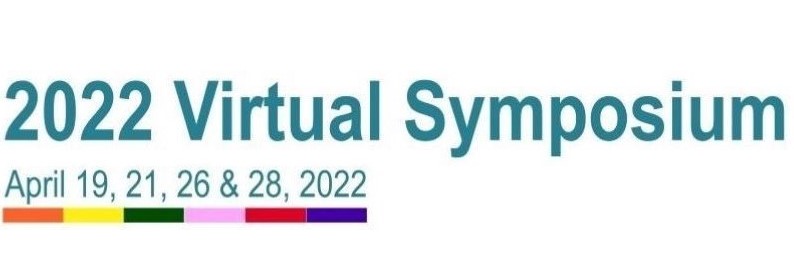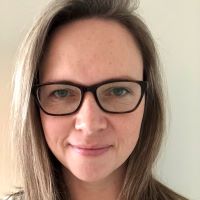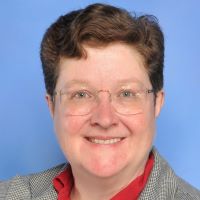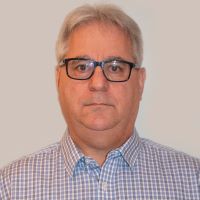
Session B, April 21, 2022, 10:00 a.m. to 12:30 a.m. ET
Professional is a Verb not a Noun!
Session Chairs: Jim Whyte, P.Geo. and Simon Gautrey, P.Geo.
A moderated Q & A will follow after the panel presentations.
Presentation 1: The Dirt on QPs – O.Reg.153/04 and O.Reg.406/19
 Speaker: Sarah Murray, Project Manager, Earth and Environment, WSP - SEE SPEAKER'S BIO
Speaker: Sarah Murray, Project Manager, Earth and Environment, WSP - SEE SPEAKER'S BIO
SUMMARY
The role of a Qualified Person comes with a high level of responsibility to ensure a project is completed in accordance with applicable regulations and the Ministry of Environment, Conservation and Parks (MECP) requirements. The QP is the person who holds the answers to questions pertaining to the development of the analytical schedule, sampling procedures and conclusions in a report and will have to answer to questions “can the QP provide an explanation for..” from the ministry. In this session we will discuss the responsibilities and implications of the QP for both O.Reg.406/19 and O.Reg.153/04. Following the discussion there will be a question and answer period with an opportunity to ask questions, share experiences, etc.
Presentation 2: How can we shape the QP concept to further protect the public?
 Speaker: Simon Gautrey, P.Geo., FGC, Principal Hydrogeologist at Wood - SEE SPEAKER'S BIO
Speaker: Simon Gautrey, P.Geo., FGC, Principal Hydrogeologist at Wood - SEE SPEAKER'S BIO
SUMMARY
In Ontario, there are specific regulations that define a QP for assessing mineral deposits and contaminated sites, but what about other aspects of geology? How could we shape the QP concept to help protect the public when it comes to source water protection, geothermal resources and mine closure? This talk will review existing Ministry guidance for geoscientists working in these other fields and explore ways the QP concepts might be applied to help protect the public.
Presentation 3: Mind your P and Q: What is the difference between a P.Geo. and a Qualified Person
 Speaker: Victoria Yehl, M. Sc., P. Geo., British Columbia Securities Commission - SEE SPEAKER'S BIO
Speaker: Victoria Yehl, M. Sc., P. Geo., British Columbia Securities Commission - SEE SPEAKER'S BIO
SUMMARY
An explanation of how professional registration is just one element of being a qualified person under National Instrument 43-101. A qualified person is the definition of an expert, and expertise is beyond just registration as a P.Geo. (or P.Eng.). Not all professional geoscientist’s will act as a qualified person during their careers, and then a geoscientist may only be a QP for limited areas. While acting as a QP, an individual needs to be aware of what that role entails, and how they meet all parts of the definition in the circumstances that they provide their professional opinion. A qualified person acts as a gatekeeper and is responsible for the scientific and technical information they sign their name to; they may be held liable for errors or misrepresentations.
Presentation 4: Qualified Persons and Independence in NI 43-101 Speaker: Chris Collins, MBA, P. Geo., Chief Mining Advisor, British Columbia Securities Commission - SEE SPEAKER'S BIO
Speaker: Chris Collins, MBA, P. Geo., Chief Mining Advisor, British Columbia Securities Commission - SEE SPEAKER'S BIO
SUMMARY
The fundamental obligation of professional geoscientists when participating in the mineral project disclosure regime is to act as a ‘gatekeeper’ on behalf of the public. This aligns with their primary professional ethical obligation ‘founded upon integrity, competence, and devotion to service and to the advancement of human welfare’. The latter includes protecting the financial welfare of members of the public who may chose to participate in the Canadian capital markets. There are several milestones in a mining company’s lifecycle that are highly anticipated by market participants and can have a major influence on the company’s share price and market capitalization. In these circumstances to further enhance public confidence in the integrity of the capital markets qualified persons are required to be independent of the Company. To assess independence, both the company and the qualified person must apply the principle-based test set out in Part 1 s1.5 of NI 43-101. This is not a bright line test. Each scenario requires honest assessment of all the circumstances that could compromise a qualified persons independence with test applied through the lens or perspective of ‘a reasonable person’ and the expected outcome being uncompromised integrity of Canadian mining capital markets.